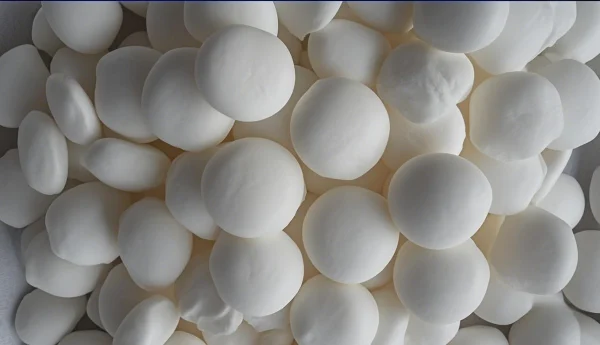
In the realm of gold mining, the extraction of gold from low-grade ores has always been a significant challenge. Low-grade gold ores, typically containing 0.30 - 0.50g/t of gold, present complex characteristics that impede straightforward extraction methods. However, the application of Sodium cyanide in the leaching process has emerged as a highly effective solution, revolutionizing the way we handle such ores.
The Role of Sodium Cyanide in Gold Leaching
Sodium cyanide is a chemical compound that plays a pivotal role in the extraction of gold from its ores. When in contact with gold-bearing ores, Sodium Cyanide reacts with the gold, forming a soluble gold cyanide complex. This reaction can be simplified as follows:
4Au + 8NaCN + O₂ + 2H₂O → 4Na[Au(CN)₂] + 4NaOH
This complexation process allows the gold, which is often present in small and dispersed forms within the ore matrix, to be dissolved and separated from the surrounding gangue minerals. The unique chemical properties of sodium cyanide enable it to selectively target gold, making it an ideal reagent for gold leaching operations.
The Leaching Process Using Sodium Cyanide
1. Ore Preparation
The first step in the low-grade gold ore leaching process is ore preparation. This involves crushing and grinding the ore to an appropriate particle size. The goal is to expose as much of the gold-bearing minerals as possible, enhancing the contact between the sodium cyanide solution and the gold. For example, in a typical operation, the ore may be crushed using jaw crushers and cone crushers, and then further ground in ball mills to achieve a particle size suitable for efficient leaching, often in the range of -150 + 75 µm as studies have shown to be optimal for some ores.
2. Leaching
Once the ore is prepared, it is placed in a leaching environment. There are different leaching methods, with heap leaching being a common one for low-grade ores. In heap leaching, the ore is piled on a specially designed impermeable bottom pad. A dilute solution of sodium cyanide, usually in the range of 200 - 500 ppm, is then continuously sprayed over the ore heap. The solution percolates through the ore, reacting with the gold and dissolving it. The leaching process is typically carried out under alkaline conditions, with the pH of the solution maintained around 10 - 11 using lime or sodium hydroxide. This helps to prevent the formation of hydrogen cyanide gas, a toxic byproduct, and also enhances the solubility of gold in the cyanide solution.
3. Gold Recovery
After the gold has been dissolved in the cyanide solution, the next step is to recover it. One of the most widely used methods is the carbon-in-pulp (CIP) or carbon-in-leach (CIL) process. In these processes, activated carbon is added to the leach slurry. The gold cyanide complex is adsorbed onto the surface of the activated carbon due to its high affinity for gold. The loaded carbon is then separated from the slurry, and the gold is desorbed from the carbon using a caustic cyanide solution. Subsequently, the gold is recovered from the desorbed solution through electrowinning or zinc precipitation methods. Another method is the zinc powder replacement method, which is suitable for gold-containing precious liquid after cyanide leaching. Zinc powder or zinc wire is used as a reducing agent to precipitate the gold from the solution.
4. Tailings Treatment
The remaining material after gold recovery, known as tailings, contains residual cyanide and other impurities. Proper tailings treatment is crucial for environmental protection. The tailings are often treated with chemicals to break down the remaining cyanide. For example, hydrogen peroxide or sulfur dioxide can be used to oxidize the cyanide to non-toxic compounds. After treatment, the tailings are usually disposed of in a carefully designed tailings dam, which is engineered to prevent the release of harmful substances into the environment.
Advantages of Using Sodium Cyanide in Low-Grade Gold Ore Leaching
1. High Selectivity
Sodium cyanide exhibits a high degree of selectivity towards gold. It can effectively dissolve gold while leaving many other minerals in the ore matrix unreacted. This selectivity allows for the efficient separation of gold from complex ore mixtures, which is particularly important in low-grade ores where the gold content is relatively low, and the presence of other minerals can interfere with the extraction process.
2. Cost-Effectiveness
Compared to some alternative methods for gold extraction from low-grade ores, the use of sodium cyanide in the leaching process is relatively cost-effective. The reagents required, such as sodium cyanide itself, lime for pH adjustment, and activated carbon for gold recovery, are commercially available at reasonable prices. Additionally, the equipment used in the cyanide leaching process, such as crushers, grinders, leaching tanks, and carbon adsorption columns, is standard mining equipment, which further reduces the overall cost of the operation.
3. Well-Established Technology
The use of sodium cyanide in gold leaching has a long history, dating back to the 1880s. Over the years, extensive research and practical experience have been accumulated, resulting in a well-developed and refined technology. This means that mining companies can rely on proven processes and techniques, reducing the risks associated with new and untested methods. The existing infrastructure and knowledge base in the industry also make it easier to implement and optimize cyanide leaching operations.
Challenges Associated with Sodium Cyanide Use and Their Solutions
1. Toxicity
Sodium cyanide is highly toxic, and its handling and use pose significant risks to human health and the environment. In response to this challenge, strict safety protocols have been implemented in mining operations. These include proper storage in secure, well-ventilated facilities, the use of personal protective equipment by workers, and regular training on safe handling procedures. Additionally, innovative technologies are being developed to reduce the use of sodium cyanide. For example, the development of alternative leaching reagents, such as thiosulfate-based leaching agents, which are less toxic, shows promise. Although these alternatives are not yet as widely adopted as sodium cyanide, ongoing research aims to improve their performance and cost-effectiveness.
2. Environmental Concerns
The use of sodium cyanide can lead to environmental pollution if not managed properly. Cyanide in tailings can potentially leach into soil and water sources, causing harm to aquatic life and ecosystems. To address this, advanced tailings management techniques are being employed. This includes the use of lined tailings dams to prevent seepage, and the treatment of tailings to reduce cyanide levels to acceptable limits. Some mining companies are also exploring the possibility of recycling and reusing cyanide in the leaching process, further minimizing its environmental impact.
3. Complex Ore Characteristics
Low-grade gold ores often have complex mineralogical compositions, which can pose challenges to the cyanide leaching process. For example, the presence of certain sulfide minerals, such as pyrite, can consume cyanide and oxygen, reducing the efficiency of gold extraction. To overcome this, pre-treatment methods are sometimes employed. Oxidation pre-treatment, such as bio-oxidation or roasting, can be used to break down sulfide minerals and make the gold more accessible to the cyanide solution. Additionally, optimizing the leaching parameters, such as the concentration of sodium cyanide, the pH of the solution, and the leaching time, can help improve the extraction efficiency for different ore types.
Future Trends in Low-Grade Gold Ore Leaching with Sodium Cyanide
1. Process Optimization
Ongoing research focuses on further optimizing the cyanide leaching process. This includes the use of advanced modeling techniques to predict the leaching behavior of different ores and to optimize process parameters. For example, computational fluid dynamics (CFD) can be used to simulate the flow of the cyanide solution through the ore heap, ensuring uniform distribution and maximizing the contact between the solution and the gold. Additionally, real-time monitoring and control systems are being developed to adjust the leaching process based on changing ore characteristics and operating conditions, leading to higher gold recovery rates and reduced reagent consumption.
2. Integration with New Technologies
The future of low-grade gold ore leaching may involve the integration of sodium cyanide leaching with new technologies. For instance, the use of nanotechnology to enhance the reactivity of the leaching reagents or to improve the performance of gold recovery methods. Nanoparticle-based catalysts could potentially accelerate the reaction between sodium cyanide and gold, reducing the leaching time and improving efficiency. Another area of development is the use of artificial intelligence and machine learning to analyze large amounts of data from mining operations, enabling better decision-making in process control and optimization.
3. Sustainable Practices
As environmental and social concerns continue to grow, the mining industry is placing increasing emphasis on sustainable practices. In the context of low-grade gold ore leaching with sodium cyanide, this means developing more environmentally friendly and socially responsible methods. This includes reducing the use of toxic reagents, minimizing waste generation, and ensuring the proper management of tailings. Mining companies are also focusing on community engagement and social development initiatives to ensure the long-term acceptance and sustainability of their operations.
In conclusion, sodium cyanide remains a vital component in the extraction of gold from low-grade ores. Despite the challenges associated with its use, ongoing research and technological advancements are continuously improving the efficiency, safety, and environmental sustainability of the cyanide leaching process. By addressing these challenges and embracing future trends, the gold mining industry can continue to extract value from low-grade gold ores in a responsible and efficient manner.
- Random Content
- Hot content
- Hot review content
- Flexible Customer and Supplier Relations Specialist (Location: Thailand)
- Sodium Isobutyl Xanthate SIBX 90%
- High-strength, High-precision Shock Tube Detonator
- Calcium Peroxide 60% Assay Yellowish Tablet
- Ferrous Sulfate Industrial Grade 90%
- Potassium Permanganate – Industrial Grade
- Citric acid-Food Grade
- 1Discounted Sodium Cyanide (CAS: 143-33-9) for Mining - High Quality & Competitive Pricing
- 2China's New Regulations on Sodium Cyanide Exports and Guidance for International Buyers
- 3Sodium Cyanide 98% CAS 143-33-9 gold dressing agent Essential for Mining and Chemical Industries
- 4International Cyanide(Sodium cyanide) Management Code - Gold Mine Acceptance Standards
- 5China factory Sulfuric Acid 98%
- 6Anhydrous Oxalic acid 99.6% Industrial Grade
- 7Oxalic acid for mining 99.6%
- 1Sodium Cyanide 98% CAS 143-33-9 gold dressing agent Essential for Mining and Chemical Industries
- 2High Quality 99% Purity of Cyanuric chloride ISO 9001:2005 REACH Verified Producer
- 3Zinc chloride ZnCl2 for High Molecular Weight Polymers Initiator
- 4High Purity · Stable Performance · Higher Recovery — sodium cyanide for modern gold leaching
- 5High Quality Sodium Ferrocyanide / Sodium Hexacyanoferr
- 6Gold Ore Dressing Agent Safe Gold Extracting Agent Replace Sodium Cyanide
- 7Sodium Cyanide 98%+ CAS 143-33-9

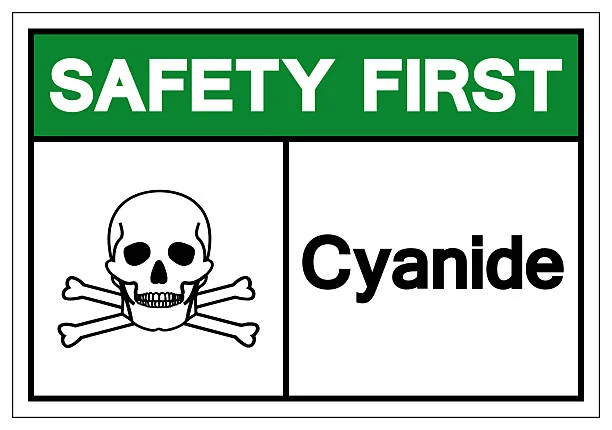
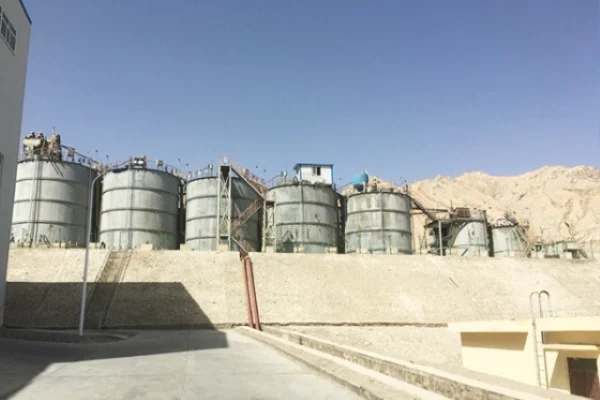
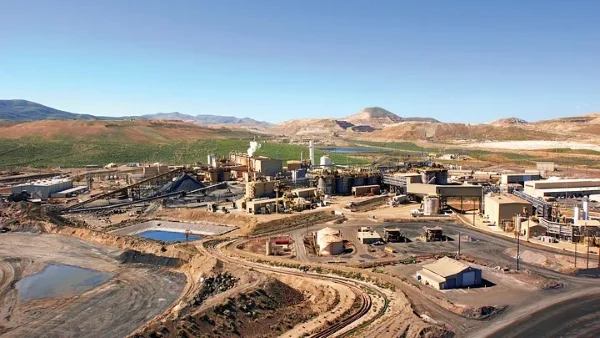

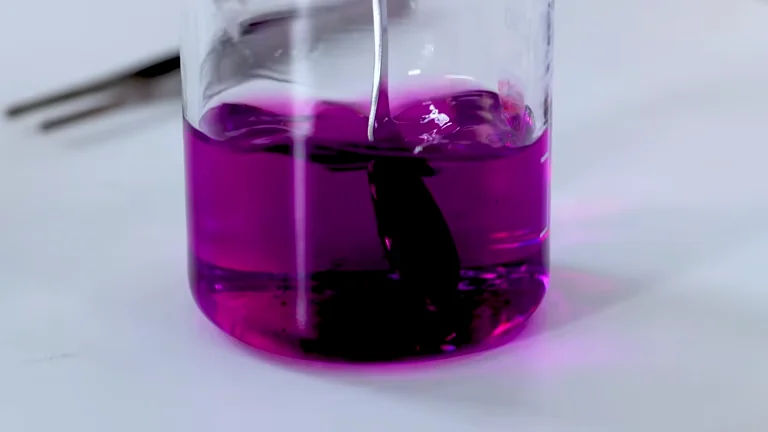





Online message consultation
Add comment: